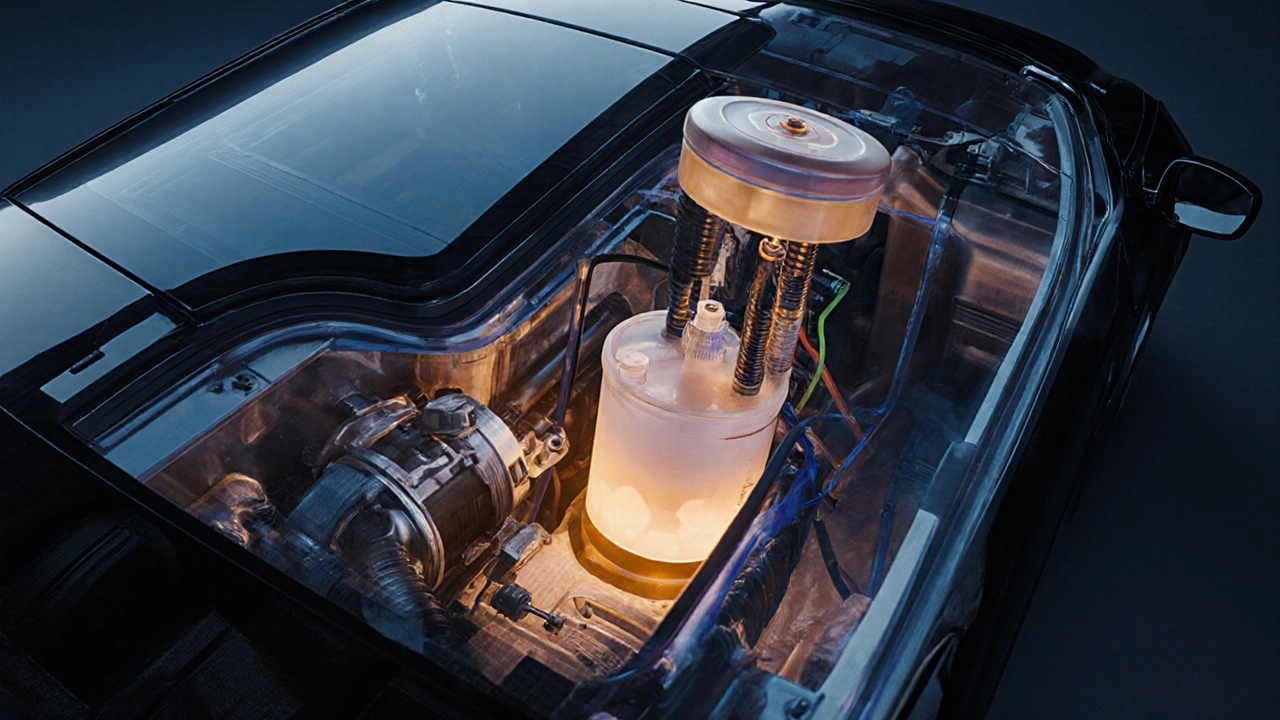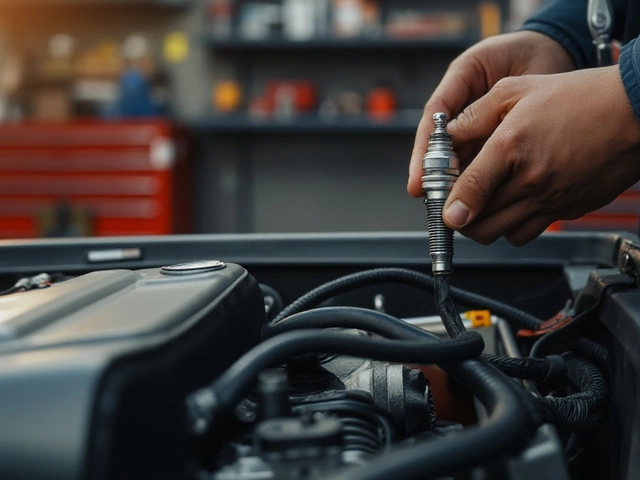Diagnosing Fuel Pump: How to Spot Problems and Test Quickly
When working with diagnosing fuel pump, identifying faults in a vehicle's fuel pump system. Also known as fuel pump diagnosis, it helps you keep the engine fed and running smoothly. The process often starts with the fuel pump, the component that moves fuel from the tank to the engine and its interaction with the broader fuel system, all parts that store, filter and deliver fuel. Because a clogged fuel injector, the nozzle that sprays fuel into the combustion chamber can stress the pump, understanding each part is key.
Common Symptoms and the Tools You Need
When you're diagnosing fuel pump issues, typical signs include hard starts, sputtering at idle, loss of power under load and a whirring noise from the rear of the car. Those symptoms form a semantic triple: “Diagnosing fuel pump requires recognizing engine performance changes.” To verify, you’ll usually perform a pressure test, listen for pump whine, and check voltage at the pump connector. A handheld fuel pressure gauge, a multimeter and a basic scan tool are the three most common diagnostic tools. Using them lets you confirm whether the pump is delivering the correct pressure, which directly influences injector operation—another triple: “Fuel injector performance influences fuel pump load.”
Armed with that checklist, you can decide if a simple cleaning will do or if a full pump replacement is inevitable. Below you’ll find step‑by‑step guides, safety tips and cost estimates that walk you through every stage of the repair, from pressure testing to installing a new pump.
 18 October 2025
18 October 2025
Fuel Pump Failure: What Happens to Your Car and How to Spot It
Learn what a faulty fuel pump does to your car, how to spot the symptoms, diagnose the issue, and decide on repair or replacement.
Latest Posts
-

Brake Pads: How to Tell When It's Time for a Change
-

How Long Do Car Batteries Last? An Essential Guide for Drivers
-

How Does Your Car Act When It Needs Oil? Signs You Can't Ignore
-

Should You Replace Both Windshield Wipers? Expert Advice for Drivers
-

Beyond Ignition: The Full Role of Spark Plugs in Your Engine

0